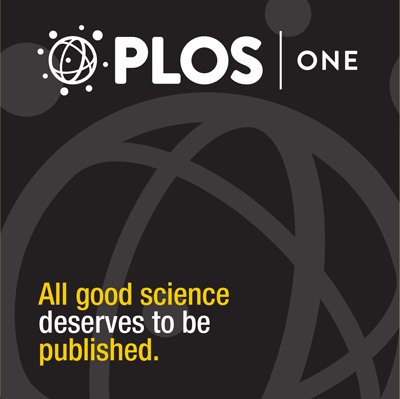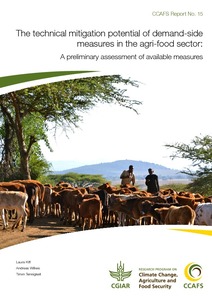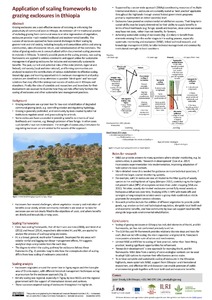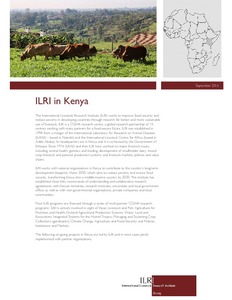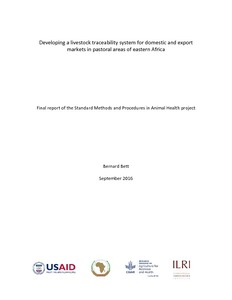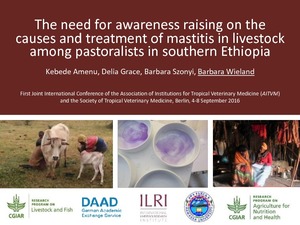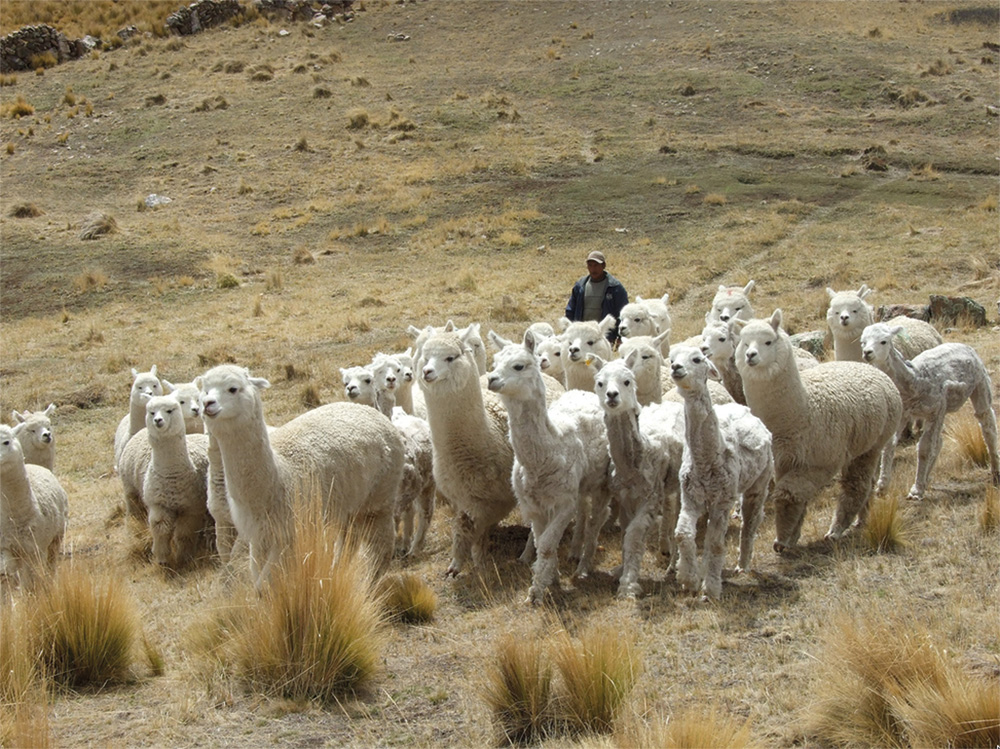Nomadic Custodians. A Case for Securing Pastoralist Land Rights
A brief on the need to secure land rights for the world’s pastoralists, who manage rangelands that cover a quarter of the world’s land surface but have few advocates. Covers the different paths pastoralists take; resource scarcity in the face of uncertainty; pastoralism and land use; loss and fragmentation of pastoralist lands and blocking of livestock routes; managing climatic variability and climate change; initiatives for securing pastoralists rights to land (Niger, Tanzania, India, Ethiopia).



